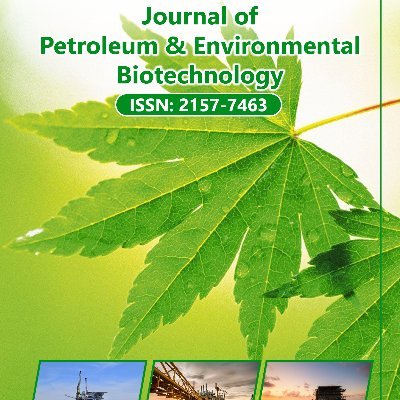Индексировано в
- Open J Gate
- Журнал GenamicsSeek
- ЖурналTOCs
- Китайская национальная инфраструктура знаний (CNKI)
- Библиотека электронных журналов
- RefSeek
- Университет Хамдарда
- ЭБСКО АЗ
- OCLC- WorldCat
- Интернет-каталог SWB
- Виртуальная биологическая библиотека (вифабио)
- Паблоны
- МИАР
- Евро Паб
- Google Scholar
Полезные ссылки
Поделиться этой страницей
Флаер журнала

Журналы открытого доступа
- Биоинформатика и системная биология
- Биохимия
- Ветеринарные науки
- Генетика и молекулярная биология
- Еда и питание
- Иммунология и микробиология
- Инжиниринг
- Клинические науки
- Материаловедение
- медицинские науки
- Науки об окружающей среде
- Неврология и психология
- Общая наука
- Сельское хозяйство и аквакультура
- Сестринское дело и здравоохранение
- Управление бизнесом
- Фармацевтические науки
- Химия
Абстрактный
Потенциал новых микробных изолятов для производства биосурфактантов с использованием комбинаций отходов ликероводочного производства с другими промышленными отходами
Кирти В. Дубей, Правин Н. Чард, Судхир У Мешрам, Сантош К. Ядав, Санджив Сингх и Аша А. Джуваркар
В настоящем исследовании комбинации отходов ликероводочного производства (DW) с другими промышленными отходами, а именно: отходы сыворотки творога (WW), отходы переработки фруктов (FPW) и стоки сахарной промышленности (SIE), были оценены для замены использования воды, о котором сообщалось ранее для производства биосурфактанта из разбавленных 1:3 отходов ликероводочного производства, с использованием четырех новых бактериальных культур BS-A, BS-J, BS-K и BS-P, выделенных из почвы, собранной с ликероводочного завода. Эти изоляты обладают потенциалом для производства биосурфактанта из этих отдельных отходов и в их комбинациях. Самые высокие выходы биомассы и биосурфактанта с более высоким снижением химической потребности в кислороде (COD), общего содержания сахаров, азота и фосфатов были получены в пропорции 1:1:1 DW+WW+FPW, за которой следуют DW+WW+ SIE и отдельные отходы. Комбинации отходов повысили выход биосурфактантов на 18-41% и снизили ХПК объединенных отходов на 76-84,2%. Общие уровни сахаров, азота и фосфата снизились в диапазоне 79-86%, 58-71% и 45-59% соответственно. Среди четырех протестированных микробных изолятов BS-J и BS-P были эффективными производителями биосурфактантов и были идентифицированы как Kocuria turfanesis и Pseudomonas aeruginosa на основе последовательности 16S рДНК и филогенетического анализа. Преимущества, полученные при использовании объединенных отходов ликероводочного завода с другими отходами, заключаются в улучшении производства биосурфактанта в качестве ресурса и экономии драгоценной воды и дорогостоящих питательных веществ с сопутствующим снижением загрязняющей нагрузки отходов.